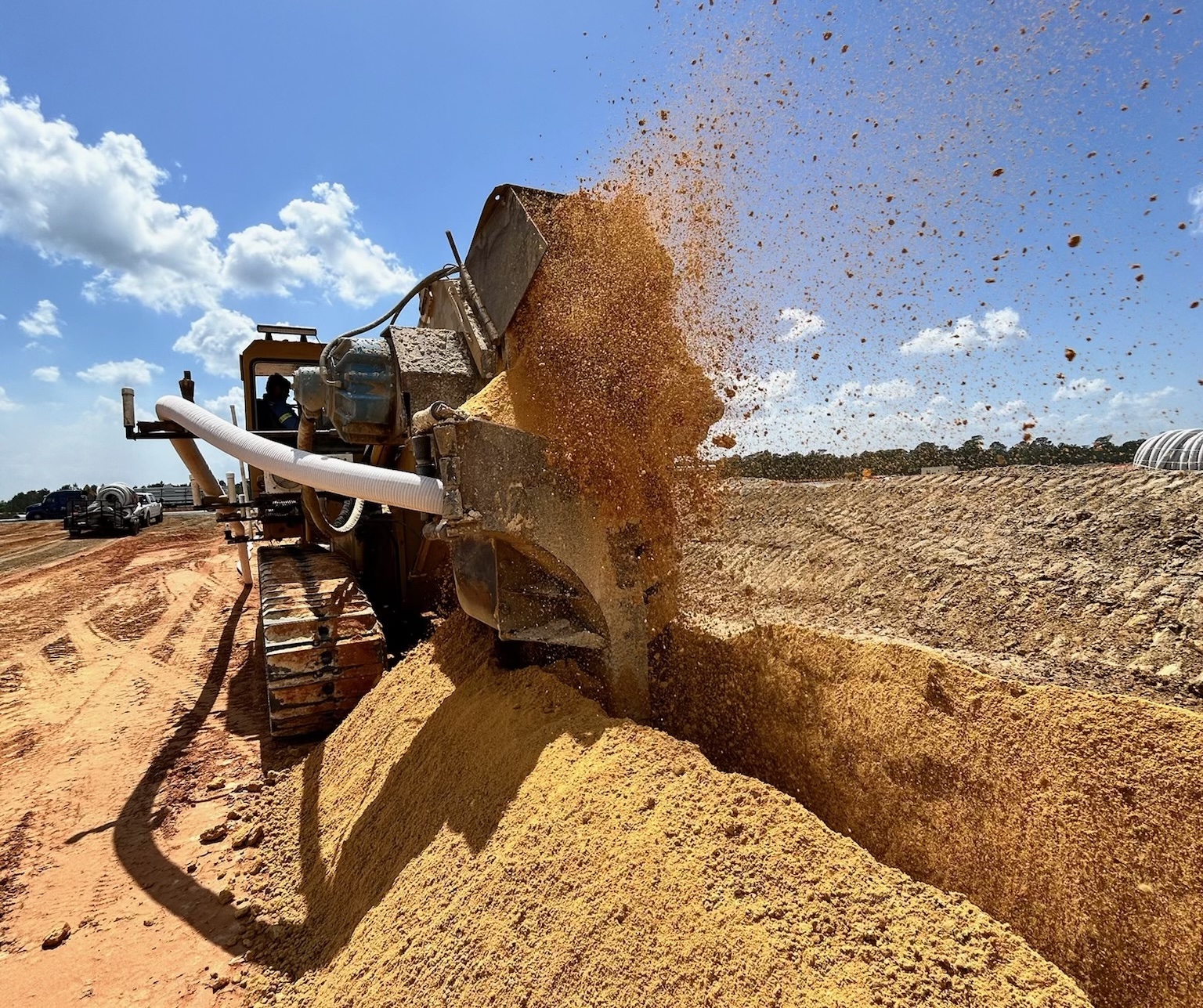Effective dewatering is essential in coastal construction projects to maintain dry work areas, prevent flooding, and ensure the stability of structures. Two commonly used dewatering methods are wellpoint systems and sock drain systems. While both are effective at lowering groundwater levels, they differ in their design, application, and advantages.
In this blog post, we’ll explore the differences between wellpoint system dewatering and sock drain dewatering to help you understand which method may be best suited for your project.
Wellpoint System Dewatering:
A wellpoint system is a groundwater control method that utilizes shallow wells, known as wellpoints, to lower the water table in the vicinity of the construction site. Here’s how it works:
Installation: Wellpoints are typically installed around the perimeter of the excavation area. These small-diameter wells are inserted into the ground using jetting or auguring techniques and are equipped with screens to allow water to enter while filtering out soil particles.
Pumping: Once the wellpoints are installed, a dewatering style pump is used to draw water out of the ground, lowering the groundwater level within the wellpoint radius. The extracted water is then discharged away from the site, typically into a nearby storm drain or water body.
Application: Wellpoint systems are well-suited for shallow excavations in sandy or silty soils, where groundwater levels are relatively close to the surface. They are commonly used in foundation construction, pipeline installation, and utility trenching projects. They are also commonly used around areas with existing underground utilities.
Sock Drain Dewatering:
Sock drain dewatering, also known as horizontal dewatering, involves the installation of permeable fabric tubes, or “socks,” buried horizontally within the ground to intercept and drain groundwater. Here’s how it differs from a wellpoint system:
Installation: Sock drains are installed horizontally at various depths beneath the ground surface, typically using trenching or directional drilling methods. Once installed, dewatering pumps are connected to the “tails” to pull the groundwater out.
Application: Sock is more effective for dewatering larger areas, such as utility installation, mining, and overall site dewatering. It is commonly used in deep excavations, waterfront developments, and areas with complex soil conditions.
Choosing the Right Method for Your Project:
The choice between a wellpoint system and a sock drain system depends on various factors, including soil type, groundwater conditions, project size, and site constraints. Consulting with a dewatering specialist or geotechnical engineer can help you determine the most appropriate dewatering method for your specific project requirements.
Contact our team of dewatering pros today to discover which technique is right for your project!

